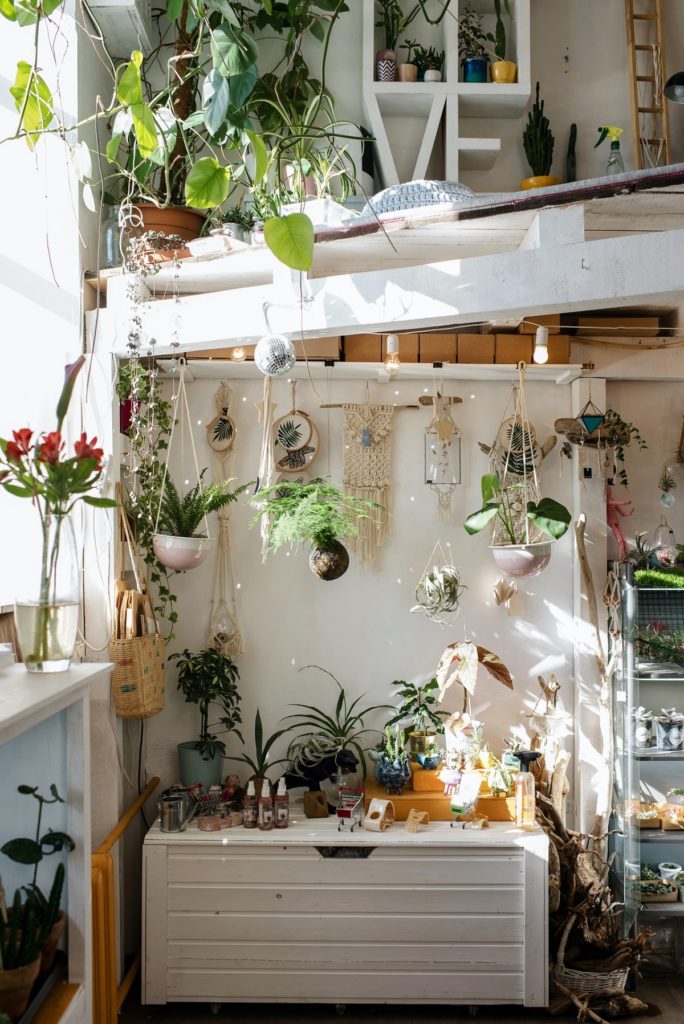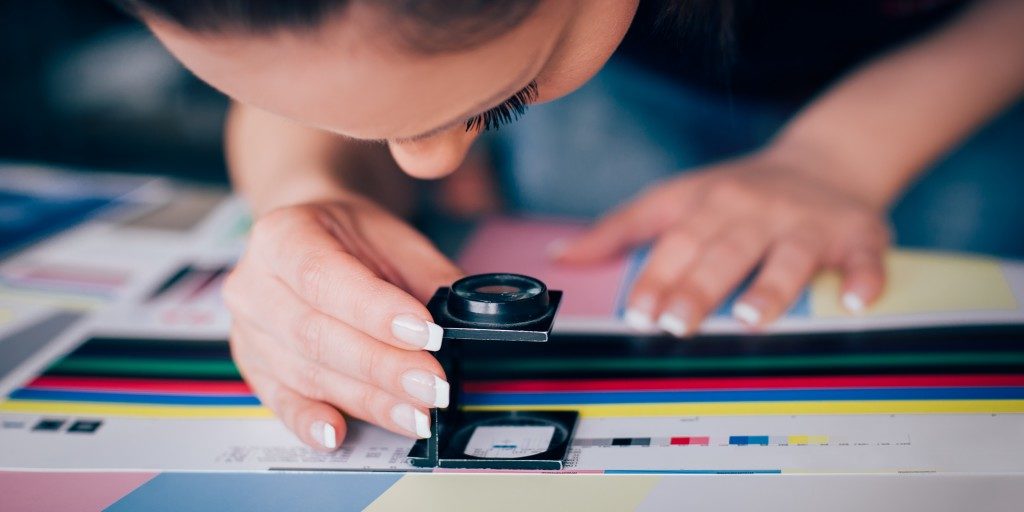Millions of viewers binge-watch interior design shows on Netflix and HGTV. But it seems that there’s another big influencer of home design trends in the past year. And that’s the COVID-19 pandemic.
As stay-at-home orders and travel bans took place across the world, a house became more than just a home. It now serves as a school, office, gym, restaurant, travel destination, and so much more. This pushes homeowners to change the way they want to live. It is no surprise as many design elements in homes today, such as porches and powder rooms, became popular because of the 1918 flu pandemic.
As homes continue to play different roles in daily living, many new design elements start to show up, with some simply making a comeback. These elements and features will likely stay for long. Even in the post-pandemic era, homes will likely serve multiple functions to accommodate the lifestyles that people have adopted in the past year, such as prioritizing health and spending more time with their family.
Whether you plan to build a perfect home this year or after the pandemic officially ends, here are some of the most interesting quarantine-influenced design trends and elements you can adopt or play around with.
Entryways have become a necessity.
Not all homes have a clearly defined entryway. After all, this feature requires space, which many residential properties don’t have. But in the past year, many homeowners have turned to add a spacious entryway to achieve that transitional space that makes it easy for them to remove their shoes and outerwear and sanitize their hands before entering their homes. Some people even added or moved their laundry room near the entryway. That way, they can place their clothing directly into the washing machine as soon as they arrive at the door. From merely an option, entryways have become a necessity.
The walls and doors are back.
The open-concept floor plan had a good run; it’s time to reclaim the walls and doors for more privacy. Homes now need divisions to create more defined zones for learning, business, entertainment, and relaxation. Even walk-in closets are being reimagined to create that much-needed personal space. This shift has pushed designers, architects, and contractors to rethink living spaces.
But this has given opportunities for home office builders, kitchen remodeling services, and even closet design franchise businesses to thrive amid a pandemic and in the years to come. Work with specialist contractors to ensure each area in your home has enough walls and doors to allow for privacy and defined zones.
Scenic walls, indoor plants, and tricked-out tents are in.

Hopping from one country to another can remain difficult and even expensive in the years to come. If you don’t’ want to feel that you’re missing out, consider having murals of your favorite or dream destinations at home. These scenic walls can transport you and make you feel hopeful about traveling again. The same goes for indoor plants and tricked-out tents in your backyard. These design elements can give your home that much-needed outdoor feel—something you might have missed while staying home in the past year. Just make sure not to overdo it. Murals are great for accent walls, while indoor plants shouldn’t overwhelm the look of a room, and tents should be built with quality to create a great outdoor space.
Sleek air purifiers and stylish windows are here to stay.
As more studies about the COVID-19 being airborne emerge, better indoor design planning is needed. Some scientists even call for sweeping change in building design to prevent the spread of diseases like COVID-19. They say that office towers and other commercial properties are typically designed for energy savings and temperature control, but they are not designed to prevent the spread of airborne pathogens.
You can expect the same shift in home design. In the past, air purifiers were merely an option. Now, they are a necessity and are becoming sleeker to fit the modern home design. The same goes for windows. Many builders add more windows and install fixtures that will allow better HVAC capabilities in the future. So, when you plan your dream home, be sure to think of ventilation. It is no longer just about temperature control or energy savings; you also have to think about COVID-19-like diseases that may come up in the future.
After a year of staying indoors, home design trends lean toward elements and features that value health, flexibility, privacy, and relaxation. The pandemic has forced people to reconsider how they live and build and improve their homes—and that’s not exactly a bad thing. After all, building well-designed homes to cater to the daily—and even changing—needs of families has and always will be a priority.

